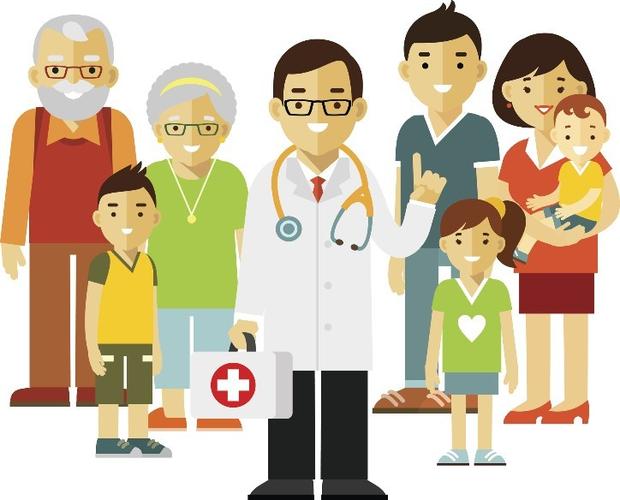Stroke, as a severe cerebrovascular disease, poses a serious health threat to people aged 40 and above. It may occur suddenly, but with timely and appropriate emergency measures, we have the opportunity to save lives and reduce sequelae. Here are some key response steps:
Identifying stroke signs is a top priority. Common warning signals include sudden weakness in the face or limbs, slurred speech, severe headache, dizziness, visual disturbances, and more.
If stroke is suspected, immediately call the local emergency number (e.g., China 120, US 911), clearly describe the patient’s condition and location for quick rescue.
Documenting the time of initial symptom onset is extremely important for the doctor’s assessment, known as the “last known well time.”
While waiting for rescue, avoid moving the patient to prevent further injury. Also, create a calm environment to provide emotional comfort.
Do not allow the patient to eat or drink, as stroke may lead to swallowing difficulties and choking hazards.
To ensure clear breathing, loosen tight clothing like the patient’s tie or collar.
Do not administer medication to the patient without professional guidance to avoid improper treatment or complications.
Continuously monitor changes in the patient’s symptoms, especially consciousness level, breathing, and pulse. If the condition worsens, immediately notify emergency personnel.
Maintain communication with emergency responders and doctors, providing detailed information on the patient’s condition.
Remember, these initial measures cannot replace professional medical care but serve as supportive means while awaiting professional help. When stroke is suspected, the first action is to call emergency services.
Rehabilitation after a stroke is a long-term process involving physical therapy, speech therapy, and psychological support. Adhering to professional advice is crucial.
Prevention is better than treatment. Key to stroke prevention includes: – Maintaining healthy habits like balanced diet, regular exercise, quitting smoking, and limiting alcohol. – Regular check-ups to monitor blood pressure, blood sugar, and lipid levels, controlling potential risks. – Patients with chronic diseases should take medication as prescribed and have regular check-ups. – Managing weight to avoid being overweight. – Effectively managing stress through relaxation exercises, meditation, etc.
Stroke is urgent and severe, knowing first aid and seeking medical help promptly is crucial. Concurrently, implementing preventive strategies actively to reduce stroke risk safeguards one’s and others’ health. Let us collectively remember these stroke emergency guidance principles.


